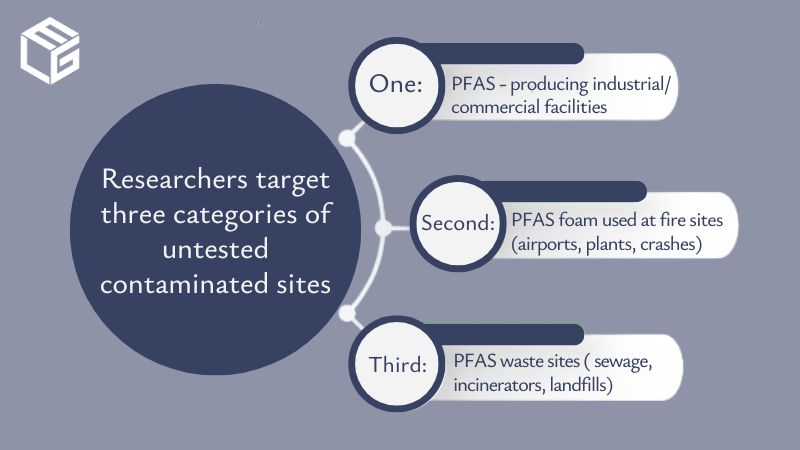There are 57,412 untested sites across the U.S. the researchers say are likely contaminated with PFAS
The untested, presumed contaminated sites targeted by researchers fall into three categories. One refers to industrial and commercial facilities that produce or use PFAS. The second covers locales where PFAS-containing foam was used to extinguish fires, including airplane and train crash sites, chemical manufacturing plants, airports, and civilian and military firefighter training facilities. The third consists of waste-handling operations such as sewage treatment plants, incinerators, and landfills. The facilities that use PFAS produce:
- paints and coatings
- petroleum-based lubricating oils and grease
- plastic materials and resins
- soaps and detergents
“PFAS contamination at these locations is very likely. We know that PFAS testing is very sporadic, and there are many data gaps in identifying known sites of PFAS contamination,” says Alissa Cordner, a Whitman College sociology professor and co-director of the PFAS Project Lab based at Northeastern University. If your community has been affected by PFAS in drinking water, we strongly encourage you to contact our toxic exposure attorneys, as they can help you join the PFAS water contamination lawsuit, which might result in the money you need for water testing, remediation, and treatment.
Quality legal assistance for communities whose drinking water contains PFAS
Since 1990, our attorneys have been assisting toxic exposure victims in obtaining the compensation they were entitled to, and we will gladly help you recover money if your drinking water source is contaminated with PFAS.
To become eligible, your water source must have a detectable level of “forever chemicals.” Our attorneys will help you join our PFAS Settlement Payout Program, under which you might receive a part of the 3M settlement, so you can finally benefit from clean, safe drinking water.
